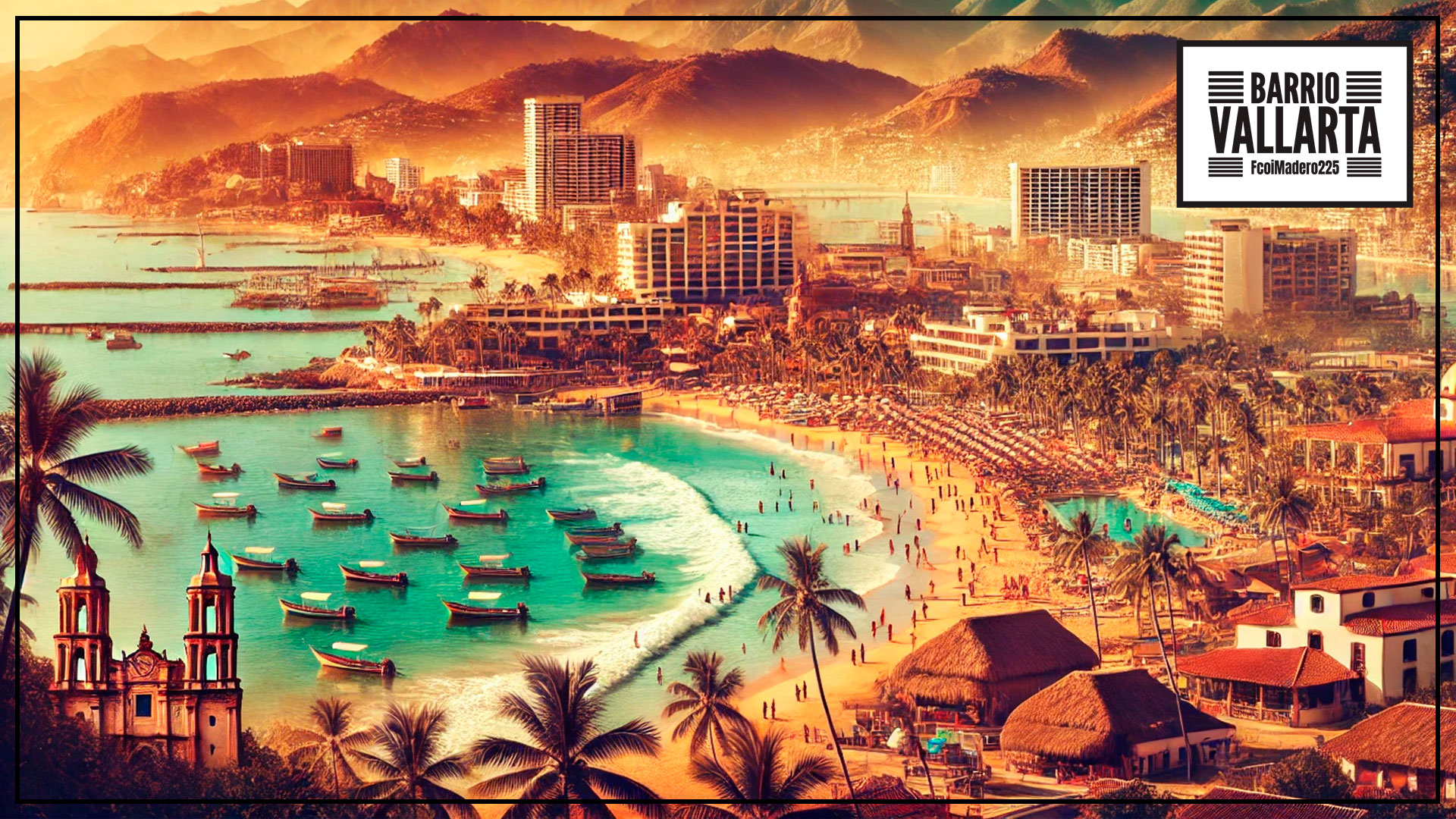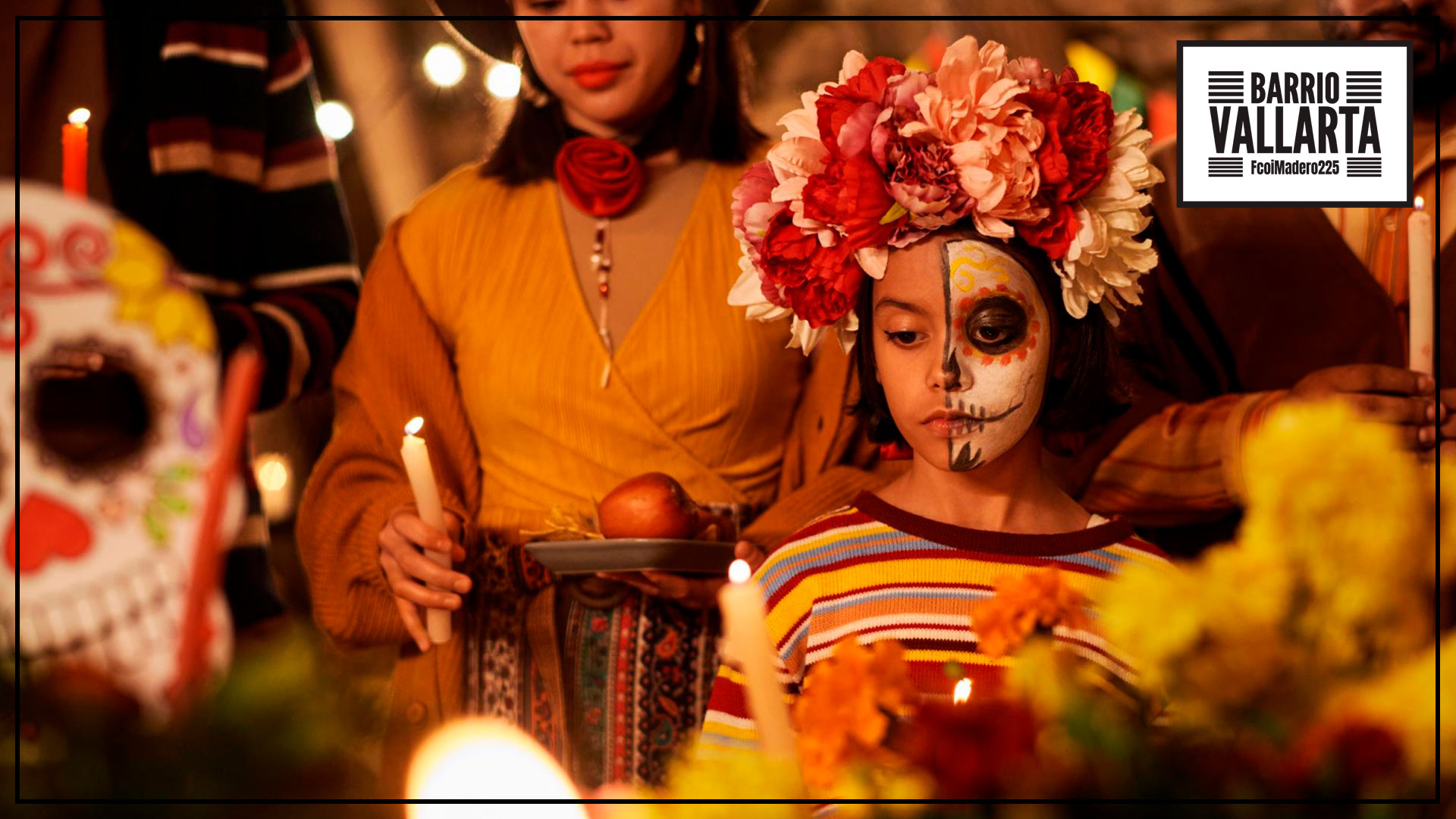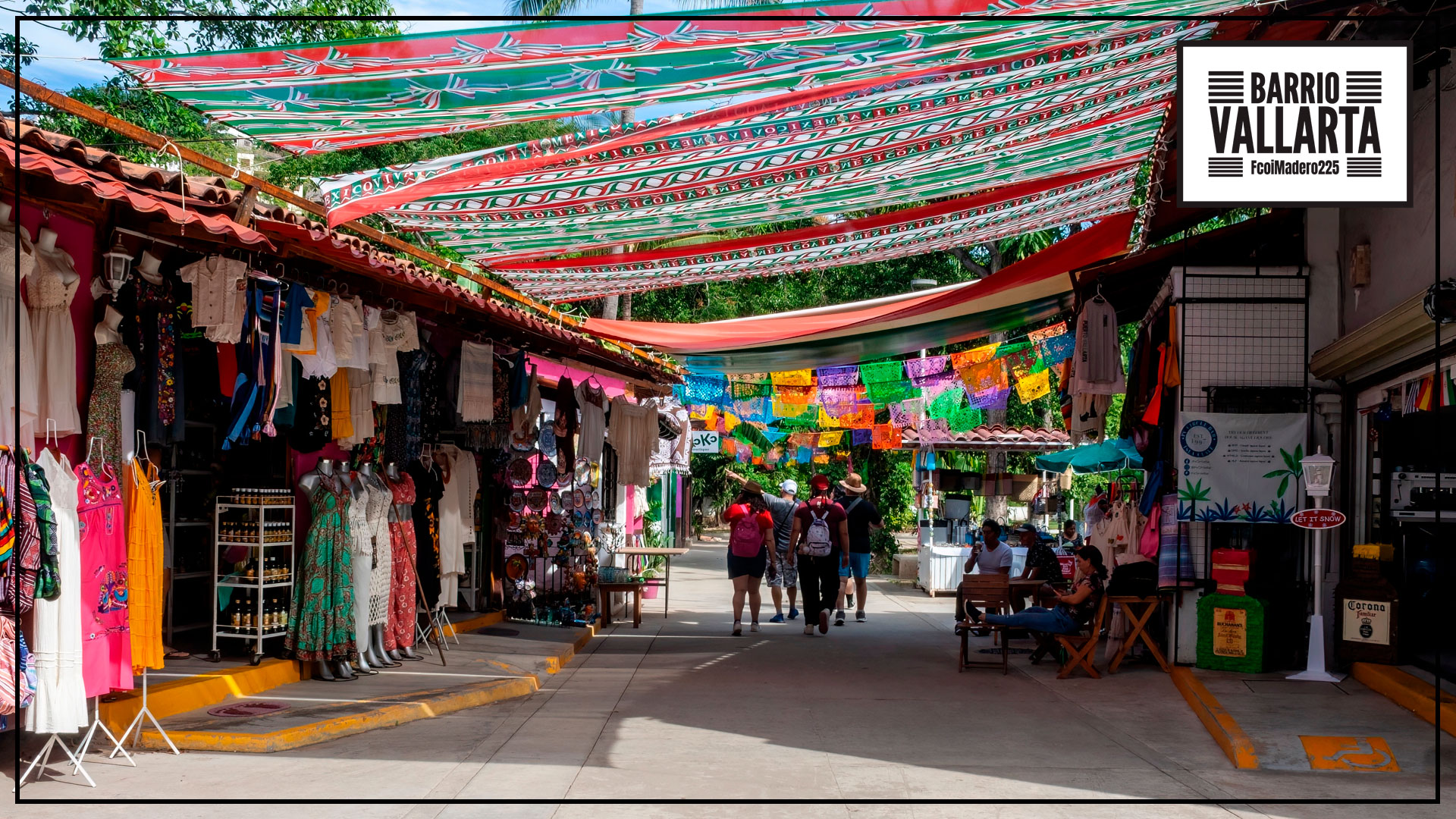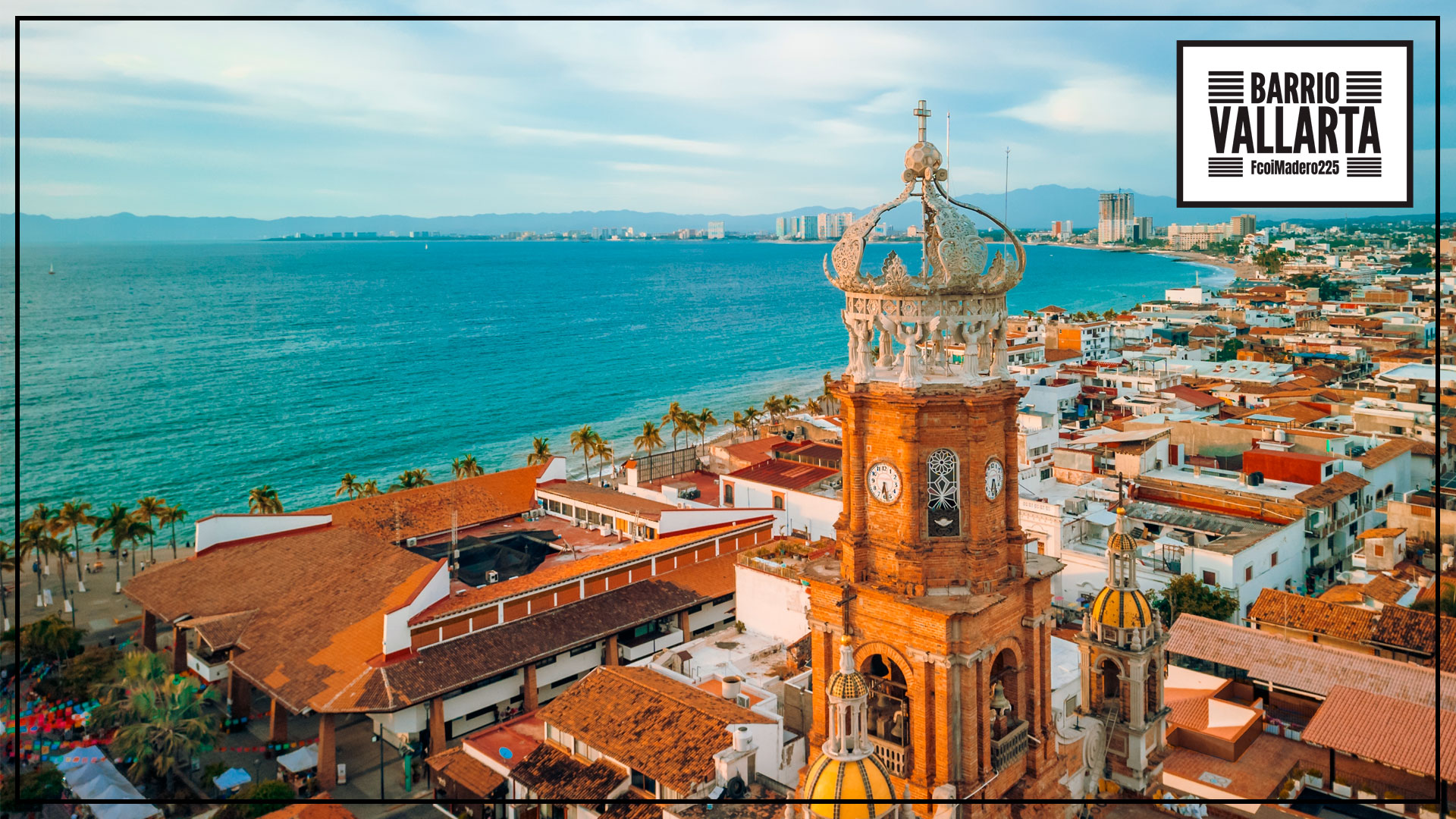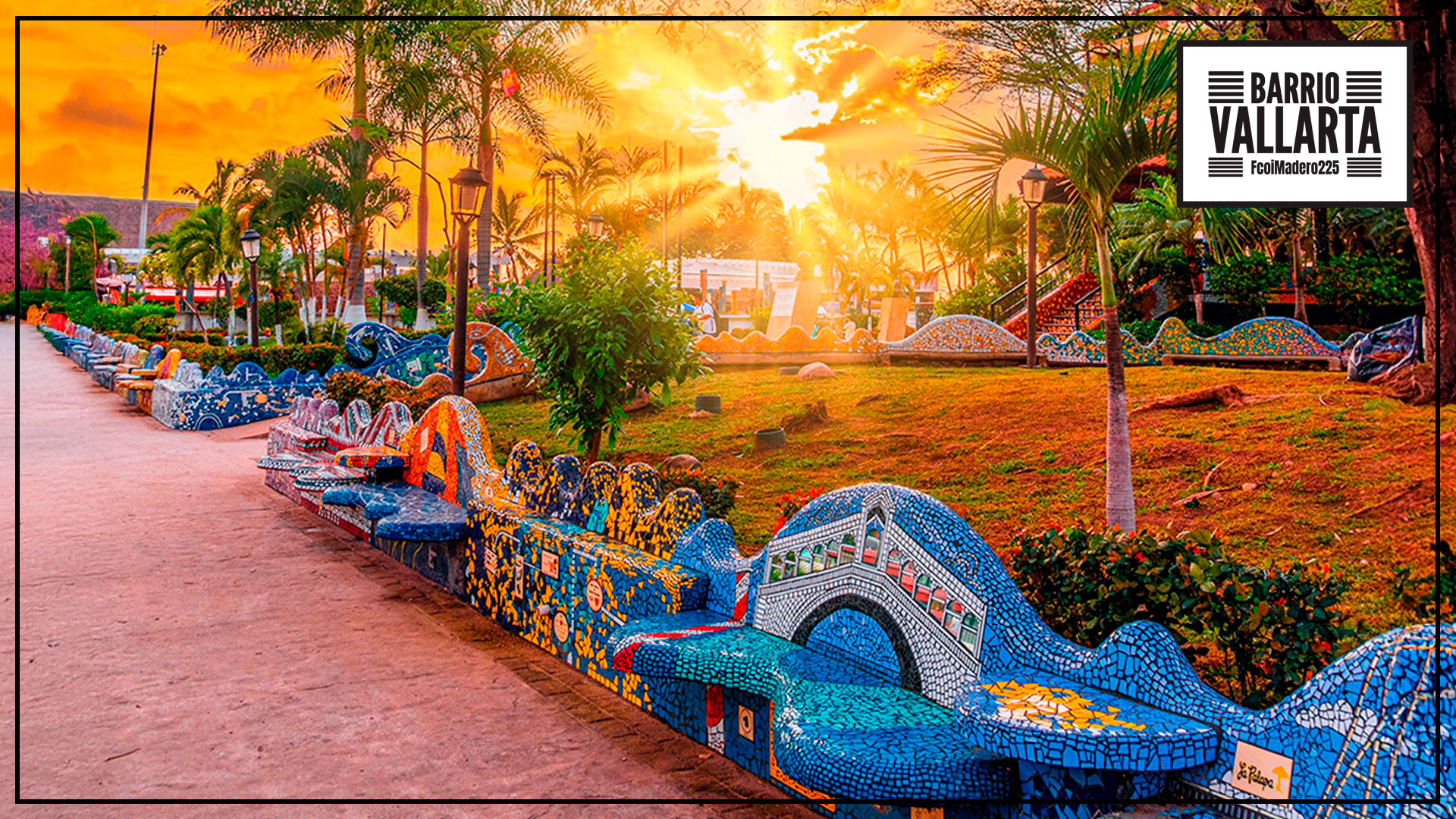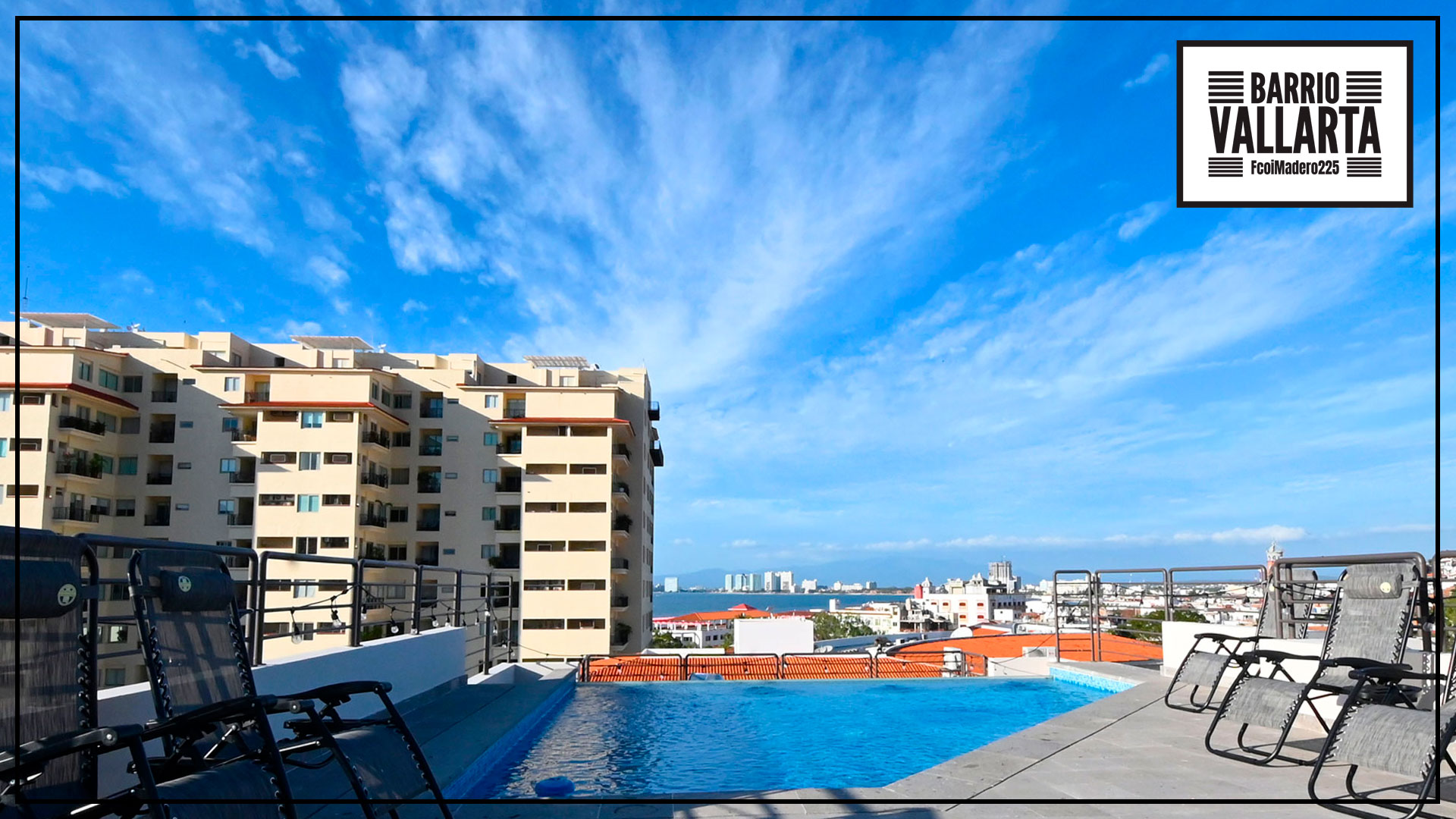23
October
THE STORY OF PUERTO VALLARTA: FROM HUMBLE BEGINNINGS TO A WORLD-CLASS DESTINATION
🌅 The Story of Puerto Vallarta: From Humble Beginnings to a World-Class Destination
Puerto Vallarta, nestled on Mexico’s Pacific coast, is renowned for its stunning beaches, vibrant culture, and bustling tourism industry. However, the city’s journey from a quiet fishing village to one of the world’s most beloved travel destinations is marked by historical events, cultural shifts, and economic growth that have shaped its unique character.
⛵ Early Beginnings and Founding
Long before becoming Puerto Vallarta, the region was home to indigenous tribes, particularly the Aztatlán people, who lived off fishing and agriculture. The Spanish conquest in the early 16th century brought changes to the area, as explorers claimed territories along the coast. In 1851, Don Guadalupe Sánchez officially founded a small town called 'Las Peñas' which served as a port for transporting silver from the Sierra Madre mines to the coast.
🏞 Transformation into Puerto Vallarta
By 1918, the town was renamed 'Puerto Vallarta' in honor of Ignacio Vallarta, a former governor of Jalisco. The construction of roads and improved transportation links began connecting the town with the rest of Mexico, opening the door to trade and tourism. Even though Puerto Vallarta remained relatively quiet, its secluded beaches and picturesque landscapes attracted artists and writers seeking inspiration.
🎬 The 1960s Boom: Hollywood and Tourism
The 1960s marked a turning point for Puerto Vallarta when the Hollywood film “The Night of the Iguana” was shot there. The movie, starring Richard Burton, Ava Gardner, and Deborah Kerr, drew international attention. Elizabeth Taylor’s visit during the filming, combined with the beauty of Puerto Vallarta, skyrocketed the town’s fame. Investment in infrastructure followed, including the construction of major hotels, cementing its place as a glamorous tourist destination.
🏖 Development and Growth in the Late 20th Century
During the 1970s and 1980s, Puerto Vallarta saw rapid growth. New hotels, resorts, and restaurants were built to accommodate the increasing number of visitors. The construction of the Gustavo Díaz Ordaz International Airport made the city even more accessible. The Malecon, a scenic oceanfront boardwalk, became a cultural hub showcasing Mexican art, street performances, and local crafts.
🌍 Puerto Vallarta Today: A Blend of Tradition and Modernity
Today, Puerto Vallarta is a thriving destination that combines traditional Mexican culture with modern amenities. Known for its beautiful beaches, vibrant nightlife, and diverse culinary scene, it remains a favorite among tourists. The historic Zona Romántica offers charming cobblestone streets and architecture, while the city embraces new trends such as eco-tourism, LGBTQ+ inclusion, and wellness tourism with yoga retreats and holistic centers.
🌴🌴 Puerto Vallarta’s transformation from a small fishing village to a world-class tourist destination is a testament to its charm and resilience. Its rich history, stunning landscapes, and vibrant culture captivate visitors and residents alike, making it a place where tradition and modernity coexist beautifully. The city’s journey continues, offering a unique experience to all who visit.

